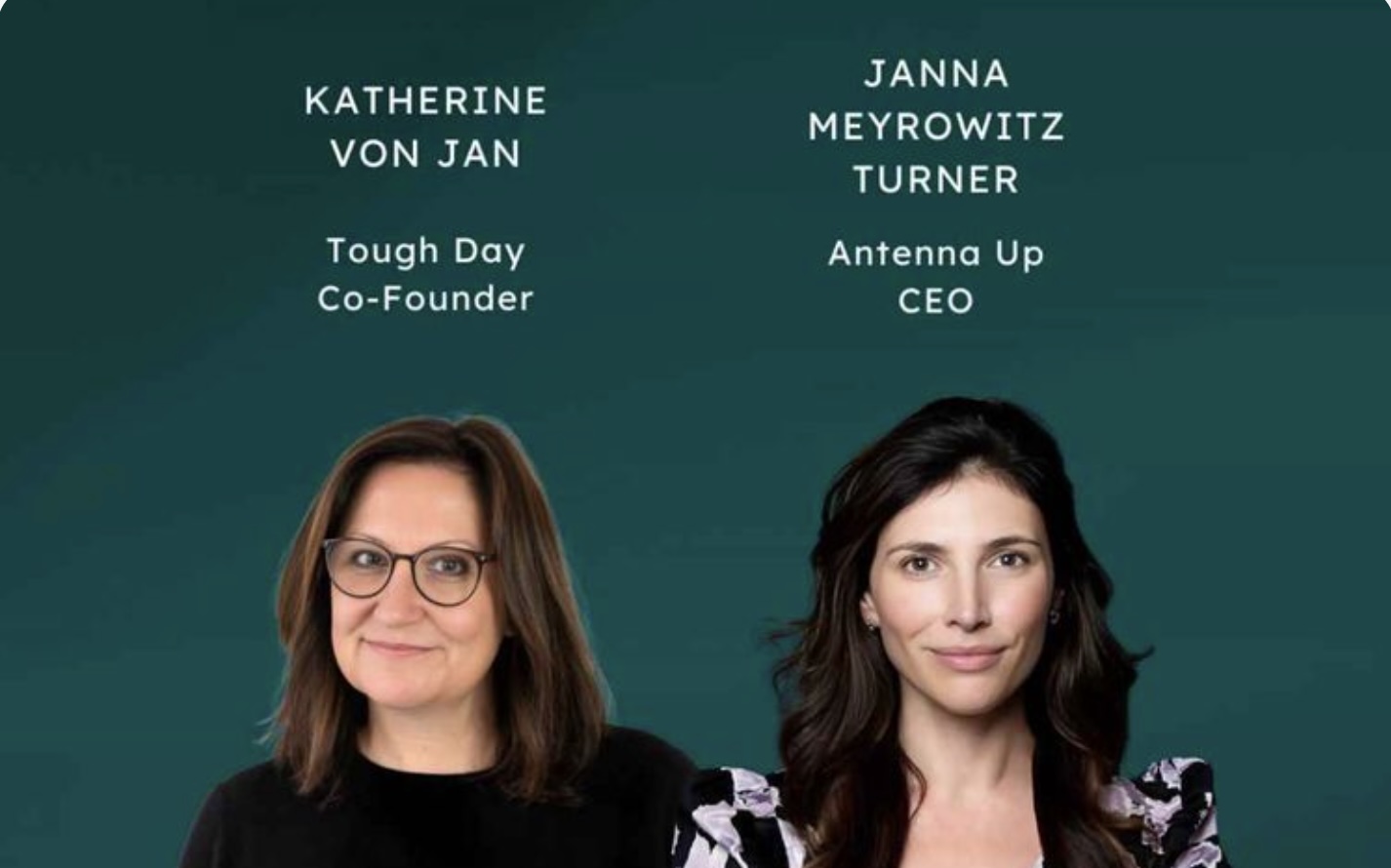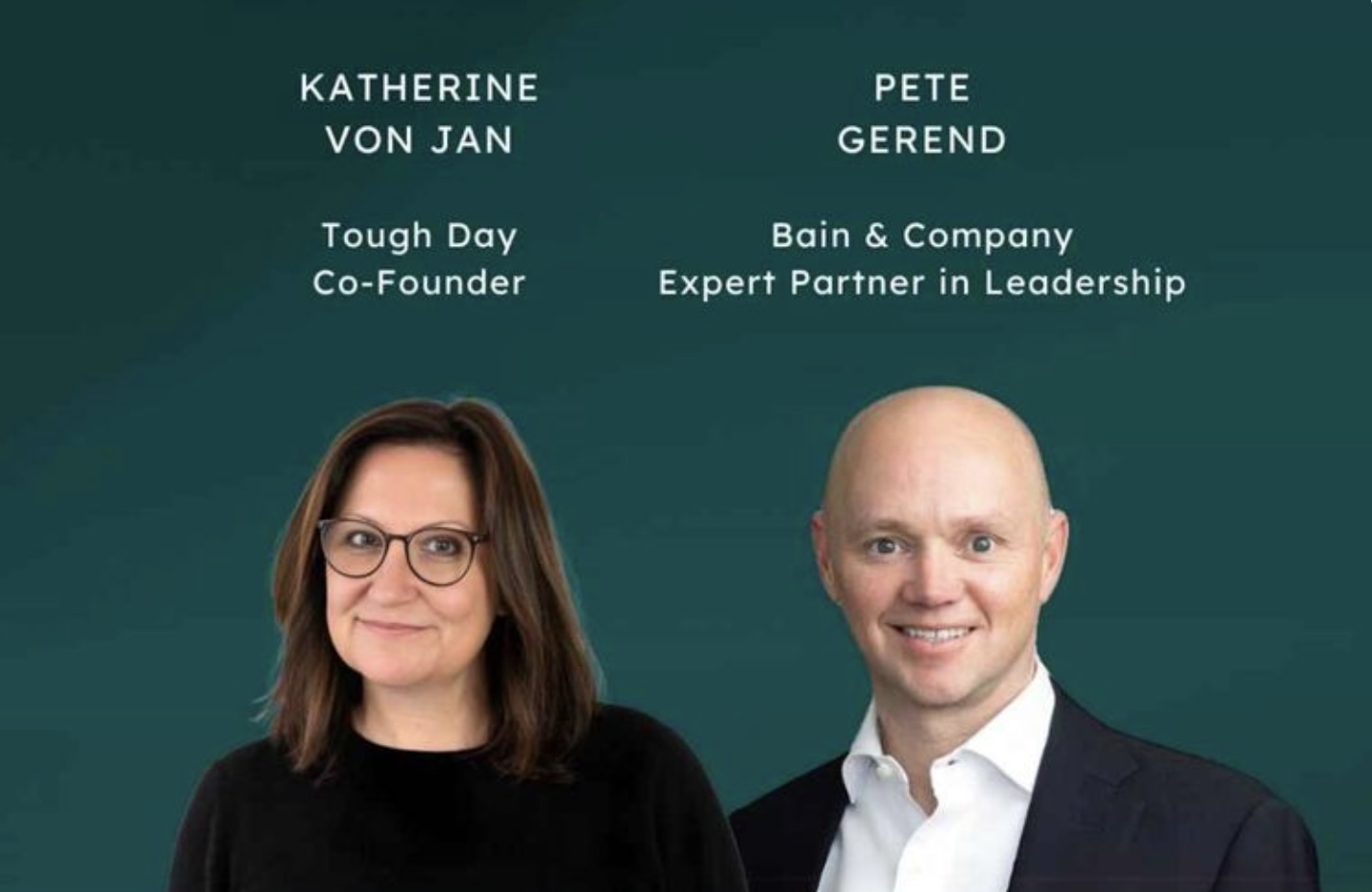Unbossed and Ready: Why Self-Leadership Wins at Work

TL;DR
Self-leadership is more than a buzzword. It is the foundation of thriving in today’s workplace, where flatter hierarchies, hybrid models, and rapid change demand that people take ownership of who they are, their actions, and trajectory. It’s what moves employees from passively awaiting direction to proactively driving growth.
For early-career professionals, this means asking for feedback, seeking stretch projects, and building “Hype Sheets” to track impact. For organizations, it means creating cultures where initiative is rewarded and resources for growth are accessible below the director level. Leaders like Kelly Mooney, CEO of Equipt Women Co., who recently joined us for a podcast, stress that waiting for recognition is not a strategy — employees need the skills and words to advocate for themselves. Talent Leaders can accelerate progress by embedding simple, scalable, high-impact practices.
Today, many organizations are unbossing: flattening structures, and expecting people to operate with more autonomy. In this world, the most important capability may be the one that comes first, self-leadership.
Self-leadership is not a new idea, but it is newly urgent in unbossed cultures. As Kelly Mooney, CEO of Equipt Women Co., told Tough Day in a recent podcast, it means “taking responsibility for who you are, your actions and behaviors, who you want to become, and where you want to go. It’s really being the driver of your life.” When managers are stretched thin and traditional ladders of leadership give way to lattices of opportunity, employees who can set direction for themselves, and communicate it, stand out.
Unbossing also means fewer eyes on your work and less day-to-day guidance. Ownership shifts to employees. Self-leadership is the bridge: employees must prioritize working on projects that align to company goals, ask for timely feedback, make progress visible, and request stretch assignments. Do this consistently and you are not waiting to be discovered, you are creating momentum and pulling new opportunities toward you.
“Waiting and hoping is not a strategy.”
— Kelly Mooney
Why waiting isn’t a strategy
Too often, employees fall into the trap of waiting for direction or passively waiting for their work to be recognized. Mooney noted that this is especially common among early-career professionals and women facing the “broken rung” in promotion data. Research by McKinsey and LeanIn.org has consistently shown that women are promoted at lower rates than men starting at the first step into management, which compounds over time. Self-leadership helps counter this gap by empowering people to proactively contribute and take charge of their development by initiating the conversation with statements like, “I would love to have more visibility with senior leadership” or “I would like to discuss a stretch project that builds my skills.”
The same holds true for managing up. A manager overwhelmed with meetings may not have time to set detailed priorities. Employees who clarify expectations (e.g., “Here’s what I believe my priorities are. Do you agree?”) reduce friction and build trust. Adopting a simple green/yellow/red weekly update can keep managers aligned without slipping into micromanagement.
This skill set is not just for individuals. Organizations that ignore it fuel disengagement, inequity, and stalled pipelines of talent. By investing in mentorship, feedback systems, and accessible development resources, employers signal that initiative will be rewarded, not punished.
Building self-leadership muscle
Self-leadership is learnable. It starts with inner work: clarifying values, distinguishing true strengths from draining “competencies,” and cultivating curiosity over certainty. From there, it extends outward through consistent habits that make impact visible and relationships stronger.
Mooney encourages employees to keep a “Hype Sheet,” a simple log that turns self-promotion into impact sharing. Update it weekly with the project name, business objective, your role, and the accomplishments, accolades, and feedback. Link artifacts like decks or dashboards so your manager and sponsor can see the work. Tag entries to company strategy to show connection to priorities. Include a short “what I learned” to signal growth, not just output. Before performance reviews or calibration, roll it into a one-pager of quarterly highlights and send it ahead of your 1:1. Used this way, the Hype Sheet helps managers advocate credibly, counters recency bias, and gives you clear language for performance reviews, development planning, and promotion or compensation conversations.
Mooney stresses that in remote and hybrid settings, visibility matters even more. Behaviors that build visibility include arriving early to virtual meetings to engage in light check-ins and rapport building, using chat function effectively by asking clarifying questions, reinforcing key points, and giving quick kudos when someone lands a strong idea. And coming prepared to meetings, sending prompt meeting notes or thank yous to other presenters and asking for feedback on your own virtual presentations. Mooney reminds us that these are ways to build presence and influence in virtual or hybrid work settings.
For leaders, the question is how to scale self-leadership across an unbossed organization. Mooney cites companies like Microsoft and Deloitte that have highlighted the importance of self-directed learning cultures as a driver of engagement and retention. Embedding self-leadership programs — especially for early- and mid-career employees who often receive the least structured support — builds resilience, reduces reliance on overstretched managers, and accelerates equitable advancement.
What People Leaders can do now
Talent Leaders and CHROs don’t need to overhaul their entire system to start building a culture of self-leadership. They can begin with simple, scalable, high-impact practices:
- Encourage initiative: Celebrate employees who proactively seek projects or feedback with shout-outs in team meetings and reviews.
- Encourage "Hype Sheets": Train employees to track contributions weekly and share highlights quarterly to fuel fair evaluations and sponsorship.
- Invest earlier: Offer leadership development below the director level where the “broken rung” is most acute and pair modules with peer circles for stickiness.
- Model clarity: Ask managers to share communication preferences, decision rights, and update rhythms so autonomy is paired with alignment.
- Provide guidance with Human-Positive AI™: Use Tuffy from Tough Day to deliver conversation guides, feedback prompts, and personalized nudges so employees have the words and the workflow support to ask for help, seek stretch assignments, and stay aligned in an unbossed culture.
In an unbossed workplace where roles, structures, and even job security shift rapidly, mastering self-leadership is the foundation of resilience and growth for individuals and for organizations.
As Mooney reminds us, waiting and hoping is not a strategy. Taking the driver’s seat is.
Tuffy™ for Self-Leadership
Human-positive AI like Tough Day’s AI Workplace Advisor, Tuffy, empowers individuals, teams, and managers to cultivate self-leadership by providing the actionable guidance and support people need to take initiative and act with confidence:
- Encouraging Initiative: Tuffy can coach users on expressing proactive requests, offering suggestions like, “I’d like to explore a stretch assignment to build new skills,” and equipping them with the confidence to manage up effectively.
- Clarifying Priorities: Tuffy assists with aligning expectations or ask guiding questions, like, “Do these priorities match your goals for this week?”
- Clarifying priorities: Tuffy helps employees align expectations by drafting concise project updates and prompt questions to confirm direction. Example: “Do your priorities align with your manager’s and the leadership team’s goals?”
- Hype Sheet Support: Tuffy can help employees summarize their accomplishments and feedback, and organize their thoughts into a sharable format that highlights their impact.
- Scaling growth: Tuffy augments development by reinforcing best practices and training in the flow of work, turning lessons into daily habits with on-the-job guidance and support so employees at every level can self-lead and thrive.
Learn how Tuffy helps employees transform a challenge into opportunity. Watch the demo
Want to dive deeper into self-leadership?
Listen to our podcast with Kelly Mooney, CEO of Equipt Women Co.
About Equipt Women
Get the clarity, confidence, and career momentum you deserve. Equipt Women delivers career strategies that accelerate your path forward through coaching and programs.
Want more insights from Kelly Mooney and Equipt?
Subscribe to their free weekly newsletter for actionable, uplifting career (and life) advice.



